Introduction to Pipette and Pipettor Accessories
Pipette and pipettor accessories are crucial for laboratory efficiency and accuracy. These tools enhance the functionality of pipettes and ensure consistent results. Accessories like pipette tips, calibration tools, and storage options optimize workflows. Proper accessory use can reduce errors and improve overall productivity.
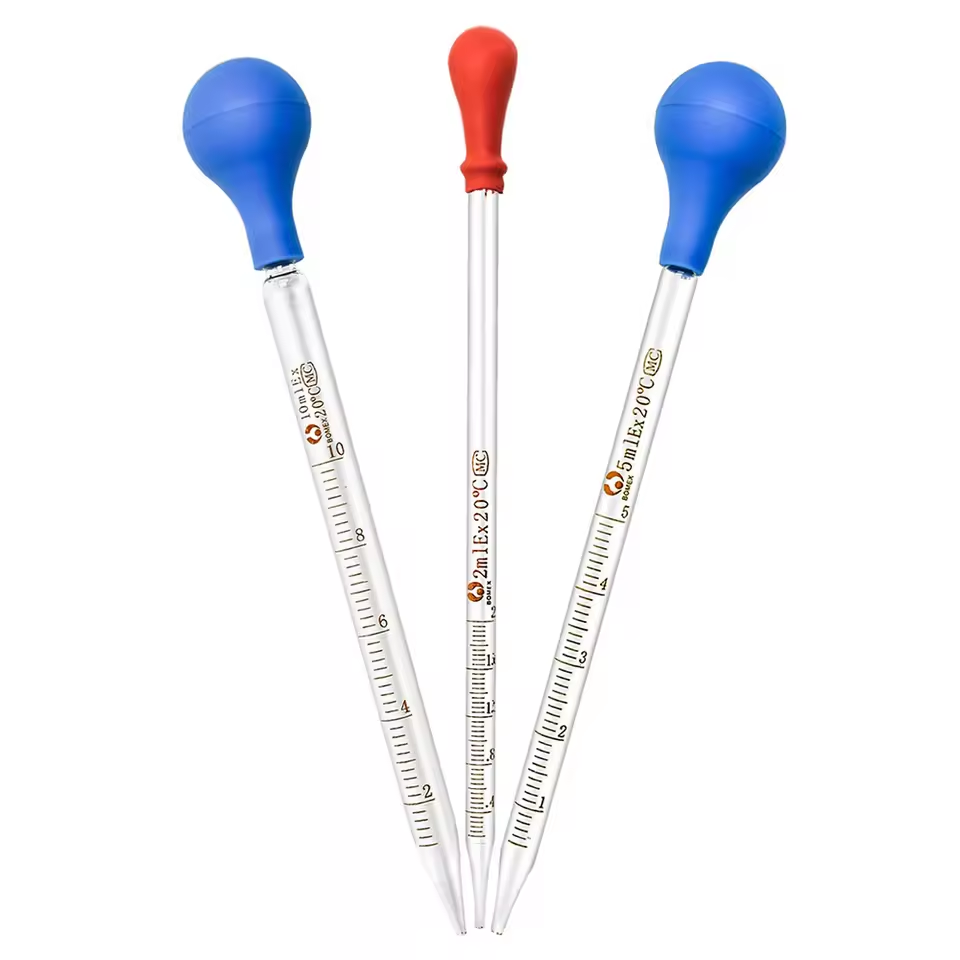
Many accessories are designed to meet specific laboratory needs. For example, ergonomic grips reduce hand strain during repetitive pipetting tasks. Specialized tips ensure compatibility with various types of liquids. Cleaning tools maintain hygiene and prolong equipment life.
Selecting the right accessories involves understanding your specific requirements. High-quality accessories not only improve pipette performance but also help maintain precision. Investing in dependable accessories supports long-term success in laboratory operations.
Types of Pipette Tips and Their Applications
Pipette and pipettor accessories are essential tools that enhance pipette functionality and ensure liquid handling accuracy. Various types are available, designed to meet diverse laboratory needs.
Standard Pipette Tips
Standard tips are versatile and fit most pipette and pipettor accessories. They are ideal for general liquid transfers and routine experiments. These tips provide consistent performance for basic lab tasks.
Filter Tips
Filter tips include a built-in filter to prevent contamination. They are perfect for handling sensitive samples or avoiding aerosol contamination. These tips are commonly used in microbiology and DNA research.
Low Retention Tips
Low retention tips are designed to minimize sample retention inside the tip. They are excellent for handling viscous liquids or precious reagents. These tips ensure maximum sample recovery.
Wide Bore Tips
Wide bore tips have larger openings, making them ideal for pipetting cell suspensions or fragile samples. They help preserve sample integrity and avoid cell damage during pipetting.
Extended-Length Tips
Extended-length tips are longer than standard ones. They are useful for reaching into deep containers or tubes. These tips help ensure accurate sampling in tight spaces.
Sterile Tips
Sterile tips are pre-sterilized and packaged to maintain cleanliness. They are essential for cell culture work or applications demanding sterility. These tips reduce the risk of contamination.
Specialty Tips
Specialty tips are made for unique applications, such as volumetric transfers or specific workflows. They optimize precision and compatibility in specialized lab tasks.
Selecting the right pipette tips is crucial for accurate and efficient experiments. Evaluating your requirements ensures you pick the best option for your lab work.
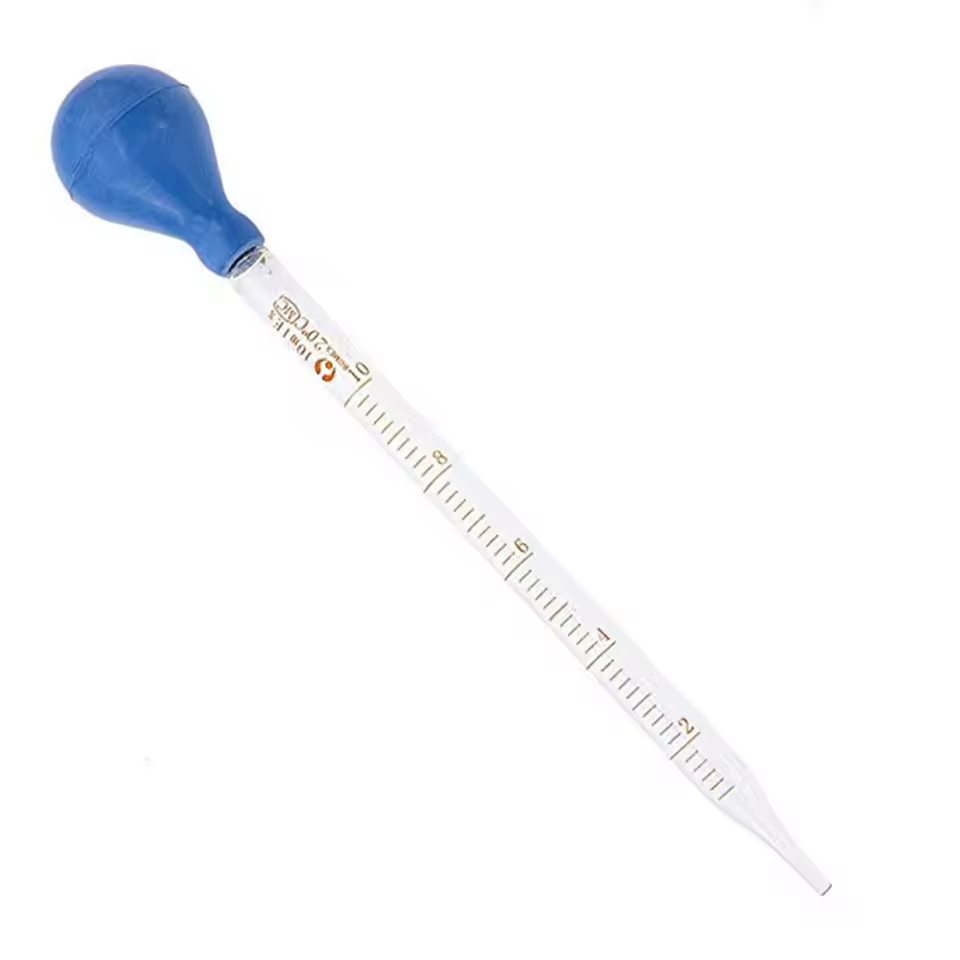 Calibration and Maintenance Tools for Pipettors
Calibration and Maintenance Tools for Pipettors
Calibration and maintenance tools are essential for keeping pipettors accurate and reliable. Regularly calibrating pipettors ensures that they deliver precise volumes, which is critical for experiments. Maintenance tools help detect and resolve issues before they affect results.
Calibration Tools
Calibration tools, such as calibration weights and digital calibration devices, measure pipettor accuracy. These devices can verify that the pipettor dispenses the correct amount of liquid.
Manual calibration kits are also available. They typically include reference weights of known volumes and detailed instructions. These kits cater to laboratories with limited resources or simple calibration needs.
Maintenance Tools
Maintenance tools include grease for lubricating seals, replacement seals, and o-rings. These components prevent air leaks that can compromise pipetting accuracy. Regular use of these tools protects the pipettor’s internal mechanisms.
Diagnostic tools, like leakage testers, identify air leakage issues. These testers help maintain reliable performance by pinpointing mechanical failures early. Some labs also use cleaning and decontamination solutions to ensure the equipment stays in good condition.
Importance of Calibration and Maintenance
Using proper calibration and maintenance tools reduces errors during pipetting tasks. A well-maintained pipettor operates consistently, increasing overall lab efficiency. Regular care extends the pipettor’s lifespan, saving costs on early replacement.
Investing in these accessories helps labs produce accurate, reproducible results for their experiments.
Storage and Organization Solutions for Pipettes
Proper storage and organization of pipette and pipettor accessories are crucial for maintaining their accuracy and longevity. These solutions help protect pipettes and streamline laboratory workflows.
Pipette Racks
Pipette racks offer a safe way to store pipettes when not in use. They prevent damage and reduce clutter. These racks keep pipettes upright, ensuring easy access and organized workspaces.
Pipette Stands
Stands can hold multiple pipettes securely. They are designed to stabilize pipettes during breaks between tasks. Using stands minimizes the chances of accidental falls or misplacement.
Wall-Mounted Holders
Wall-mounted holders save space and keep pipettes easily accessible. They are great for laboratories with limited bench space. Mounted holders also help improve workstation ergonomics.
Storage Boxes
Storage boxes provide protection during transport or long-term storage. Many boxes are padded or have compartments to prevent scratches or damage. These boxes are especially useful for high-value pipettors.
Drawer Organizers
Drawer organizers help maximize storage within enclosed spaces. They separate pipettes and accessories for easy identification and retrieval. They suit labs aiming for a clutter-free environment.
Portable Cases
Portable cases are ideal for pipettes used across multiple labs or stations. They offer secure, compact options for transport while maintaining organization.
Benefits of Proper Pipette Storage
Proper storage prevents contamination, damage, and loss. Organized pipette and pipettor accessories improve workflow and save time during experiments. Investing in storage solutions protects pipette performance and ensures laboratory efficiency.
Choosing storage solutions depends on your laboratory’s size, workflow, and budget. Select accessories that simplify pipette management to optimize results.
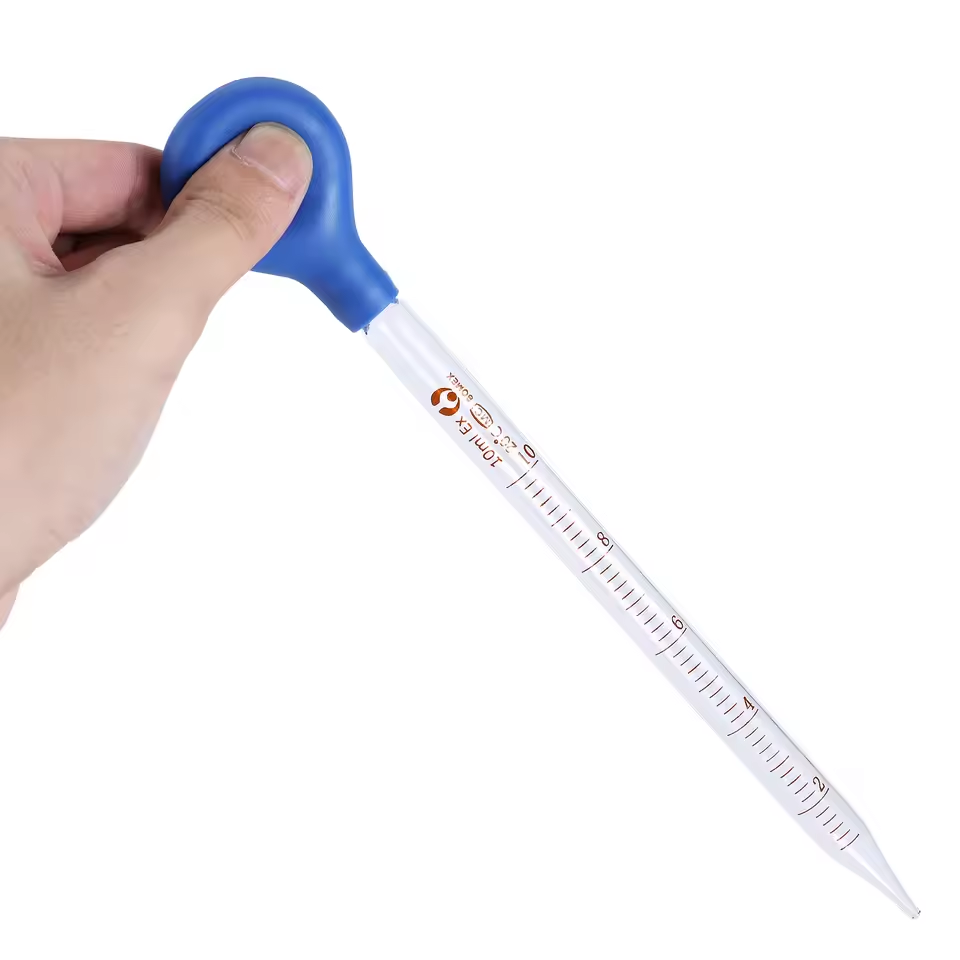 Ergonomic Accessories to Improve Workflow Efficiency
Ergonomic Accessories to Improve Workflow Efficiency
Ergonomic accessories make pipetting tasks more comfortable and efficient. These tools minimize strain and increase productivity during repetitive work.
Ergonomic Grips
Ergonomic grips offer better comfort and reduce hand fatigue. They are designed to fit hands naturally. These grips are ideal for extended pipetting sessions.
Adjustable Finger Rests
Adjustable finger rests support proper hand positioning. They help prevent strain during long experiments. These rests also enhance control and precision.
Lightweight Pipettors
Lightweight pipettors minimize stress on hands. They are easier to handle for extended use. Their reduced weight makes repetitive use more manageable.
Angled Stands
Angled stands keep pipettors at a comfortable angle. They reduce strain from reaching or bending over repeatedly. These stands improve workflow ergonomics.
Soft-Touch Handles
Soft-touch handles reduce pressure points on hands. They provide a comfortable grip during use. These handles are practical for high-frequency pipetting tasks.
Using ergonomic accessories improves comfort and lowers the risk of repetitive strain injuries. Investing in these tools enhances lab efficiency and supports staff well-being.
Cleaning and Sterilization Tools for Pipettes
Proper cleaning and sterilization of pipettes are essential for maintaining accuracy and preventing contamination. These tools and methods ensure pipettes stay hygienic, functional, and reliable for laboratory tasks.
Cleaning Solutions
Cleaning solutions remove residue and prevent buildup inside pipettes. Use mild detergents for routine cleaning. For stubborn residues, enzymatic cleaners are more effective. Always rinse with distilled water to remove cleaner traces.
Sterilization Options
- Autoclaving: Many pipette parts are autoclave-compatible. Steam sterilization eliminates bacteria and germs effectively.
- UV Sterilizers: UV sterilizers are fast and chemical-free. They are ideal for sensitive or non-autoclavable parts.
- Chemical Sterilants: These include alcohol or bleach solutions. They work well for decontaminating pipette surfaces.
Brush Sets and Narrow Tools
Brush sets clean tight spaces inside pipettes. Use them to remove debris without causing damage. Narrow tools, like pipe cleaners, are ideal for reaching small openings.
Ultrasonic Baths
Ultrasonic baths clean and degrease pipettes thoroughly. They use high-frequency sound waves to reach hidden areas. This method is excellent for delicate components.
Maintenance Tips for Cleaning
- Disassemble pipettes before cleaning for better access to all parts.
- Dry all components completely to avoid damage or mold growth.
- Clean immediately after handling sticky or corrosive liquids to prevent residue buildup.
Importance of Cleaning and Sterilization
Regular cleaning enhances pipette accuracy. It also protects against contamination and extends pipette lifespan. Clean, sterile pipettes lead to consistent and reliable results in experiments.
Invest in high-quality cleaning tools to support proper pipette care. It ensures better performance and long-term reliability in your lab.
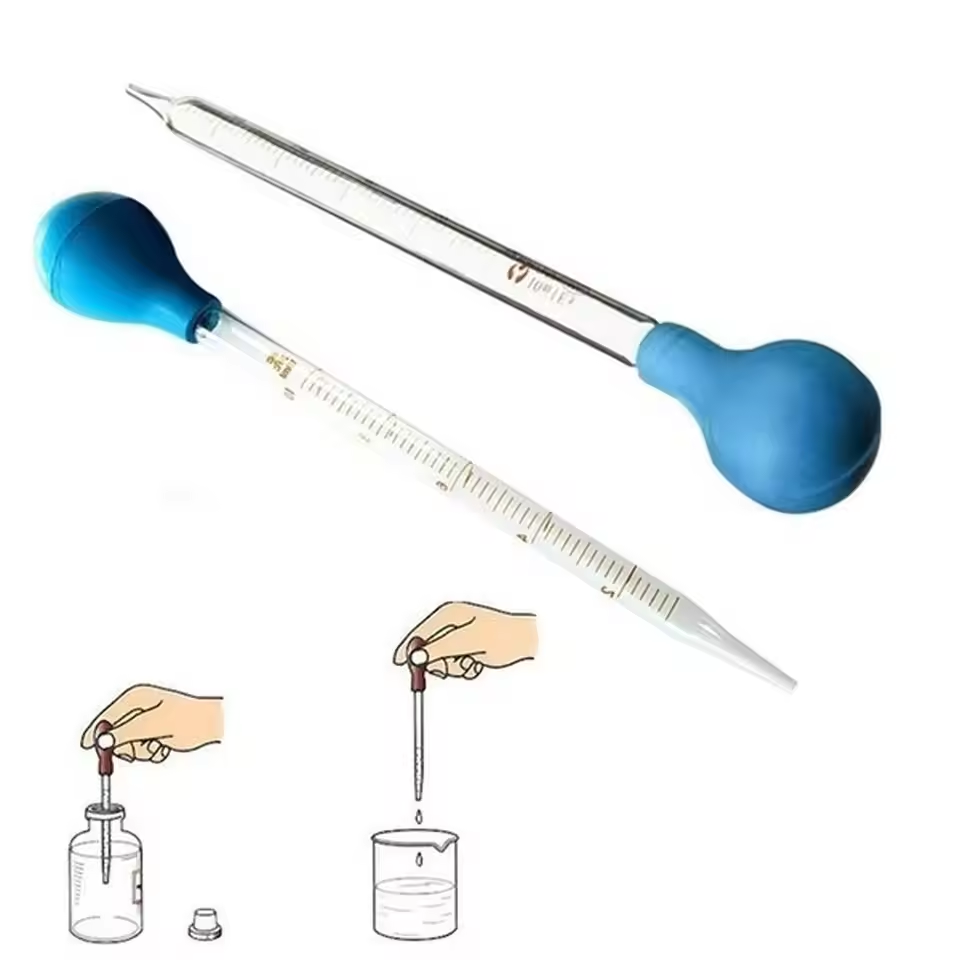 Specialized Accessories for Precision and Accuracy
Specialized Accessories for Precision and Accuracy
Specialized accessories enhance pipetting precision and ensure reliable results. These tools are tailored for specific tasks and applications.
Electronic Pipette Controllers
Electronic pipette controllers improve precision in liquid handling. They allow users to program exact volumes for dispensing. These tools reduce errors and improve reproducibility in experiments.
Precalibrated Pipette Tips
Precalibrated tips are highly accurate and remove the need for manual calibration. They ensure consistent liquid measurement, even in critical experiments.
Volume Verification Tools
Volume verification tools check pipette accuracy. These devices confirm the exact volume being dispensed. Labs use them to maintain compliance and data reliability.
Specialized Nozzles
Specialized nozzles handle tasks requiring unique delivery methods. These include dispensing viscous or volatile liquids without sample loss.
Multi-Channel Adapters
Multi-channel adapters streamline workflows requiring simultaneous measurements. They are essential for high-throughput applications like microplate work.
Positive Displacement Tips
Positive displacement tips handle viscous, volatile, or dense liquids efficiently. They ensure precise sample transfer in challenging conditions.
Accessory Kits for Custom Experiments
Accessory kits provide tools for unique experimental needs. These kits often include adapters, tips, and additional customization options.
Investing in specialized accessories enhances experiment accuracy and saves time. Select tools based on specific workflows to achieve better results.
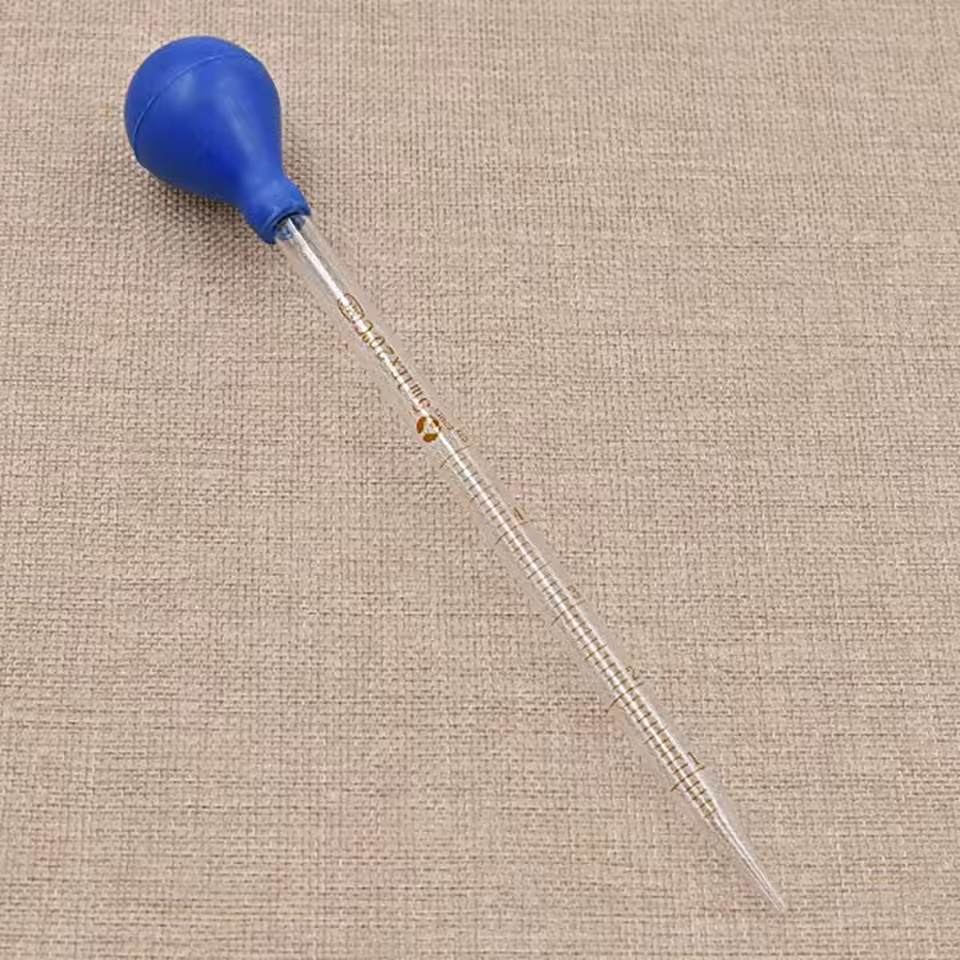 Tips for Choosing the Right Accessories for Your Pipetting Needs
Tips for Choosing the Right Accessories for Your Pipetting Needs
Selecting the right pipette and pipettor accessories is key to achieving accurate and efficient results. With numerous options available, understanding your lab’s specific requirements simplifies the decision-making process. Below are practical tips to guide you:
Identify Your Laboratory Needs
- Assess the type of tasks performed in your lab regularly.
- Determine whether you need accessories for routine work or specialized applications.
- Consider the volume ranges and types of liquids used in experiments.
Match Pipette Tips to Liquid Handling Requirements
- Use low retention tips for viscous or sticky liquids.
- Choose filter tips for contamination-sensitive samples like RNA or DNA.
- Select wide bore tips for handling cell suspensions or fragile materials.
Focus on Precision and Compatibility
- Ensure accessories like tips and calibration tools fit your pipettor brand.
- Use precalibrated pipette tips for highly accurate liquid measurements.
- Opt for volume verification tools for stringent compliance standards.
Prioritize Ergonomics for Repetitive Tasks
- Invest in ergonomic grips to reduce hand fatigue during prolonged sessions.
- Choose lightweight pipettors to make pipetting easier and faster.
- Look for accessories like angled stands to optimize workflow comfort.
Emphasize Maintenance and Longevity
- Select cleaning solutions compatible with your pipettes to prevent damage.
- Invest in calibration tools to maintain precision over time.
- Use storage solutions like racks or stands to protect pipettors from wear and tear.
Evaluate Your Budget Constraints
- Avoid low-quality, cheap accessories that compromise results.
- Prioritize high-value products that improve durability and accuracy.
- Compare options from trusted brands to ensure reliability within your budget.
Plan for Specialized Applications
- Choose multi-channel adapters for high-throughput experiments.
- Use positive displacement tips for challenging liquids like viscous or volatile samples.
- Consider accessory kits to cater to unique or custom experiment setups.
Test Before Buying
- Request sample accessories to test compatibility with your equipment.
- Confirm that the accessory performs well under varied conditions in the lab.
- Seek feedback from other lab professionals about their choices.
Regularly Update Your Tools
- Replace worn-out accessories to avoid compromised results.
- Upgrade to newer, more efficient options as technology evolves.
- Stay informed about innovations in pipetting accessories and tools.
Selecting the right accessories ensures precise, efficient, and reliable pipetting results. Tailor your choices to your lab’s needs for long-term success.